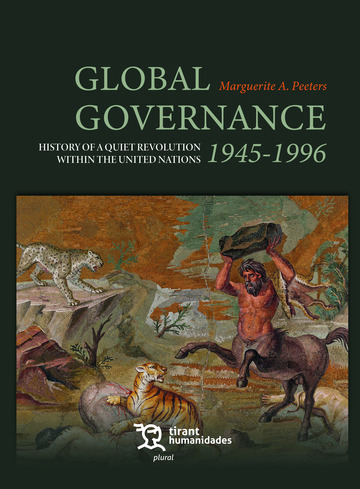Editado en España. Libro en papel sólo disponible en IBD (impresión bajo demanda). El libro bajo demanda se imprime de forma automática y de manera exclusiva para cada cliente. No admite devolución.
The United Nations Organization underwent a profound inner transformation from the time it was created in 1945 until the mid-1990s. Ever since the 1992 Earth Summit, the UN has considered a global, tripartite partnership coopting states, non-state actors and the global ÒpeopleÓ for the purposes of achieving sustainable development to be the framework for international cooperation in the 21st century. This book traces the defining historical milestones in the advent of global governance both as content (sustainable development) and as process (global partnership), from the drafting of the UN Charter to the last of the immediate post-Cold War UN conferencesÕ series (1996 Food Summit). It focusses on the role of a few influence-wielding experts, individuals and other non-state actors, and on that of the major UN conferences (1968-96), in the shift to a global perspective and to agendas and political processes not only absent from the UN foundational documents, but discording with the UNÕs juridical nature as an international organization committed to abide by universal truths about human nature. The global governance revolution happened within, through, over and beyond the UN institution. It set in place a soft-hard political system with a capacity to enforce its platform globally-to-locally, even if through ÒsoftÓ means. Deprived of checks and balances, the global centaur regime combines force and consent. Now operational for over a generation, it is set to govern us at least until 2030 (Agenda 2030). This book hopefully helps overcome the fuzziness of global governance narratives by manifesting global governance in its concrete, historical, identifiable reality, in its political platform, mechanisms and challenges for democracy and world order.

 Continuar con Google
Continuar con Google Continuar con Facebook
Continuar con Facebook
